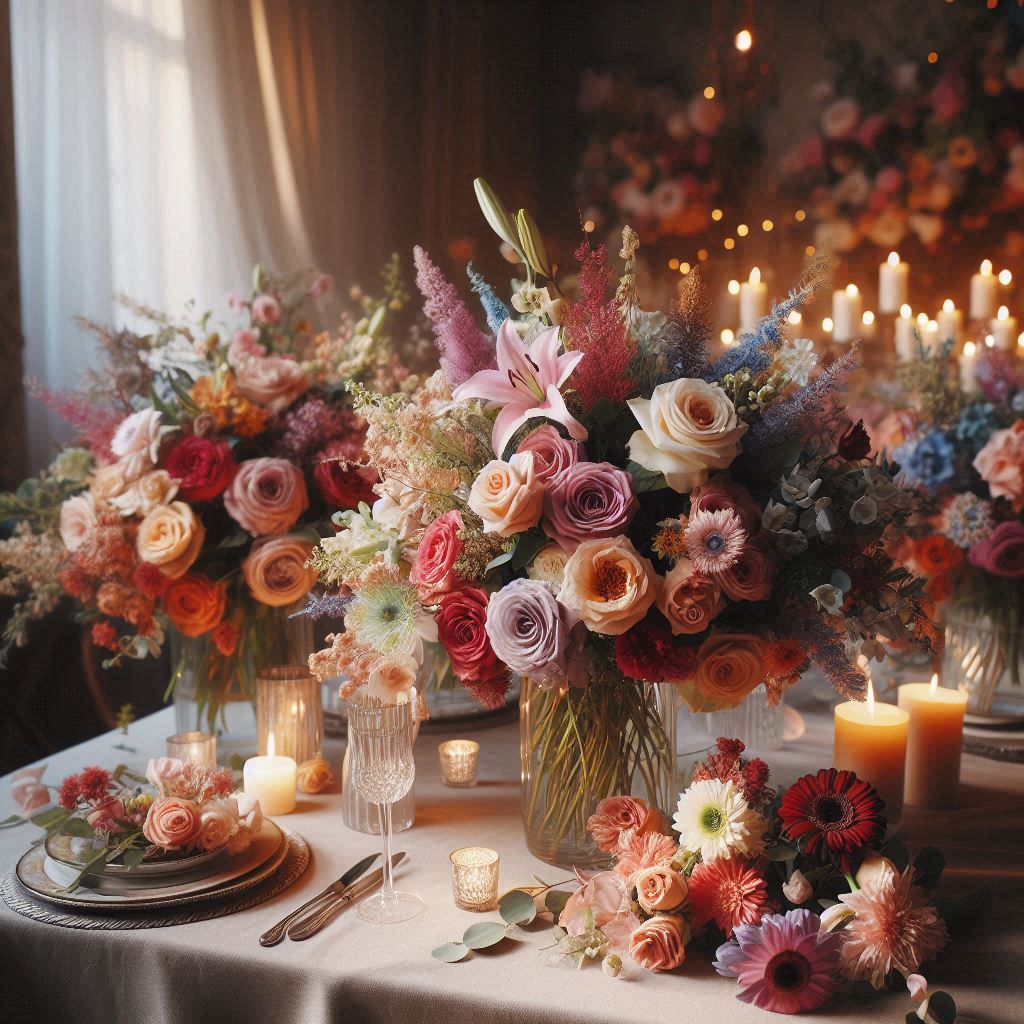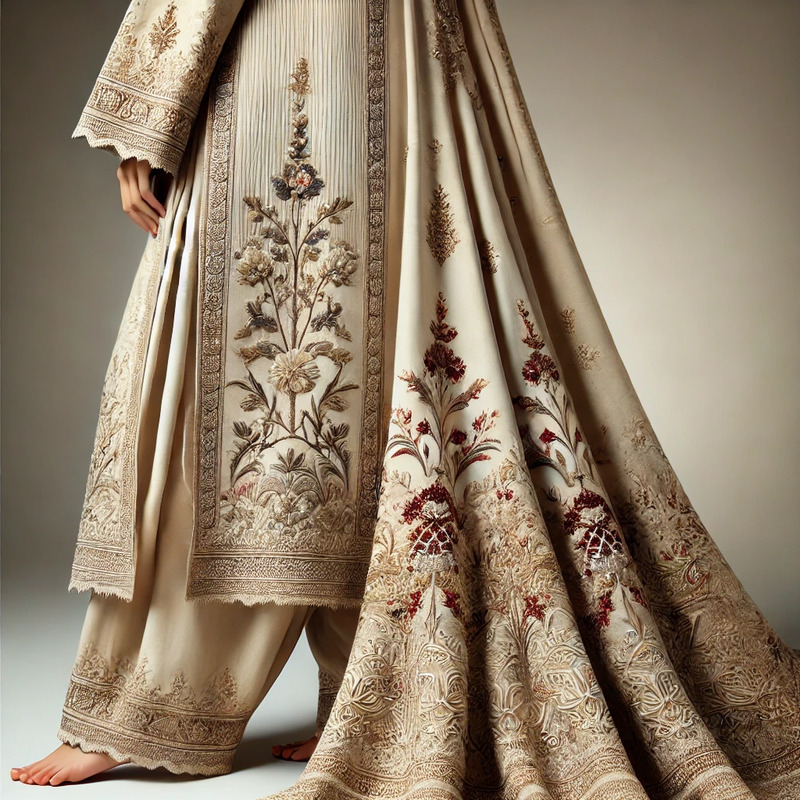Stylish Abaya Designs in Pakistan
Stylish Abaya Designs in Pakistan
Stylish Abaya Designs in Pakistan have evolved to blend tradition with modern fashion, offering women a perfect mix of modesty and elegance. Once seen primarily as a symbol of cultural and religious values, abayas now come in a variety of styles, colors, and embellishments, making them a fashion statement as well while maintaining religious values. This transformation is especially noticeable during Ramadan, when demand for elegant and trendy abayas increases.
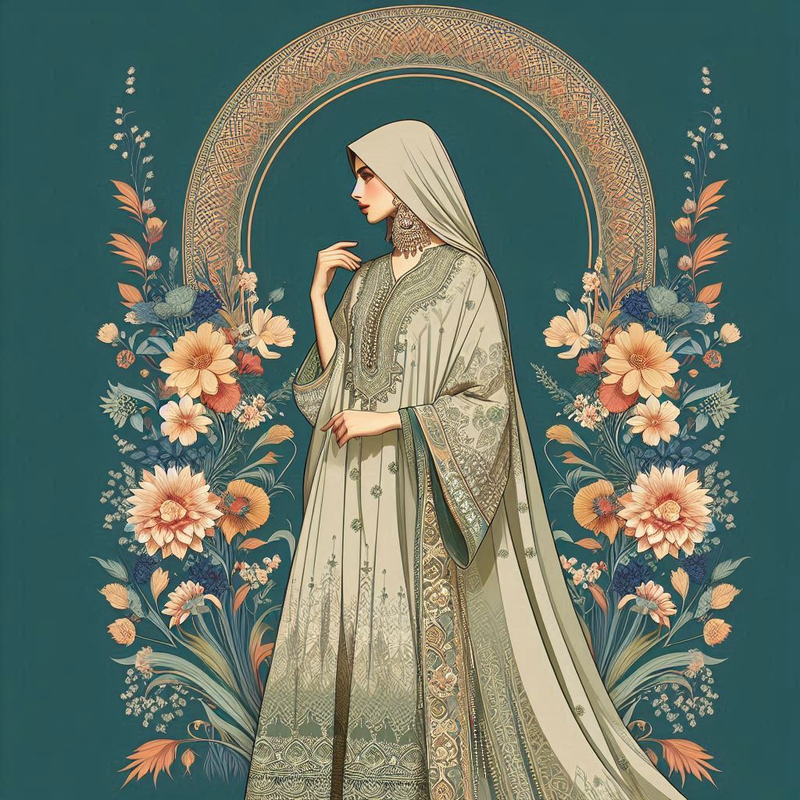
Stylish Abaya Designs in Pakistan - Cultural Significance in Pakistan
In Pakistan, the abaya holds deep cultural and religious significance. It serves as a manifestation of modesty, aligning with Islamic principles that encourage both men and women to dress modestly. Traditionally, abayas were simple, predominantly black garments designed to provide ample coverage - and were known as Burqa, though with some variations from the now abaya designs. However, as fashion trends have evolved, so too have abaya designs, blending tradition with contemporary aesthetics.
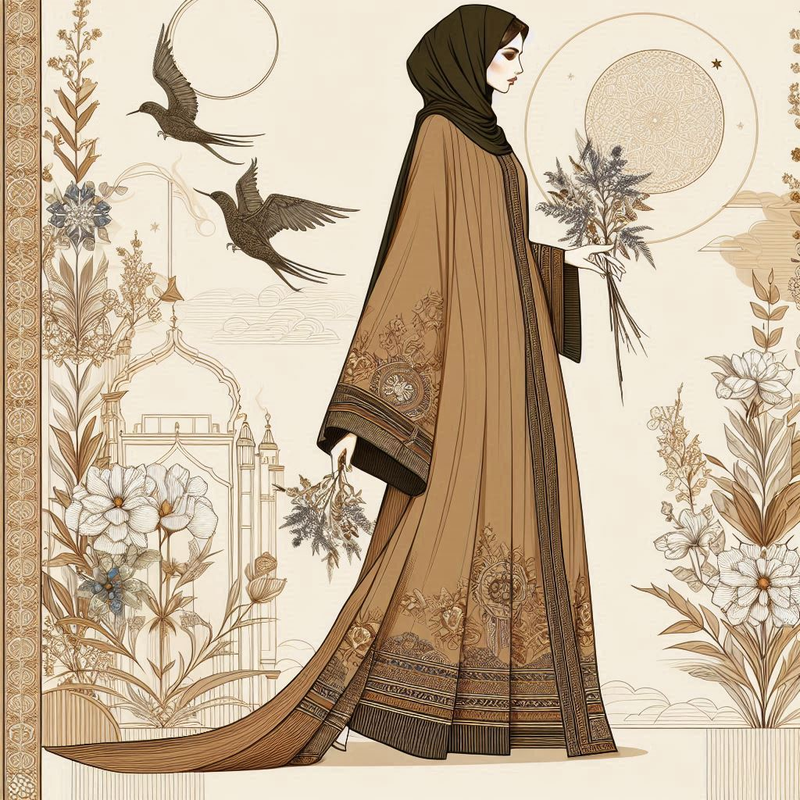 Stylish Abaya Designs
Stylish Abaya Designs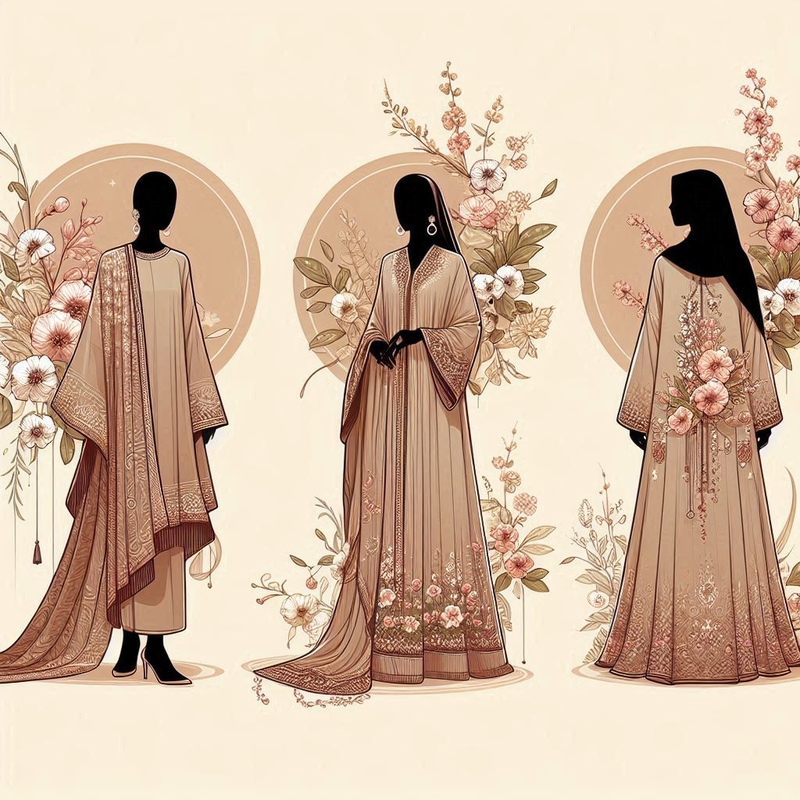 Stylish Abaya Designs
Stylish Abaya Designs Stylish Abaya Designs
Stylish Abaya DesignsStylish Abaya Designs in Pakistan - Evolution of Abaya Designs
The modern Pakistani abaya is a fusion of traditional modesty and contemporary fashion. Designers have introduced a variety of styles, cuts, and embellishments, making the abaya a versatile garment suitable for various occasions. Here are some popular abaya designs trending in Pakistan:
1. Zip Abaya: This style features a front zipper instead of traditional buttons, offering a sleek and modern look. It's popular among young women and college students for its practicality and chic appearance.
2. Classic Abaya: Known for its comfort and simplicity, the classic abaya typically has a front button closure and comes in various colors and styles. It's versatile and can be paired with contrasting hijabs for a personalized touch.
3. Maxi Abaya: Resembling a maxi dress, this abaya style is closed at the front and offers full coverage. It's favored by professional women and university students for its elegant and modest appeal.
4. Embroidered Abaya: Featuring intricate embroidery, these abayas add a touch of elegance and are often chosen for formal occasions. The embroidery can range from subtle patterns to more elaborate designs, reflecting the wearer's personal style.
5. Printed Abaya: Incorporating floral or geometric prints, these abayas offer a vibrant alternative to solid colors. They're popular among women of all ages and are suitable for both casual and formal settings.
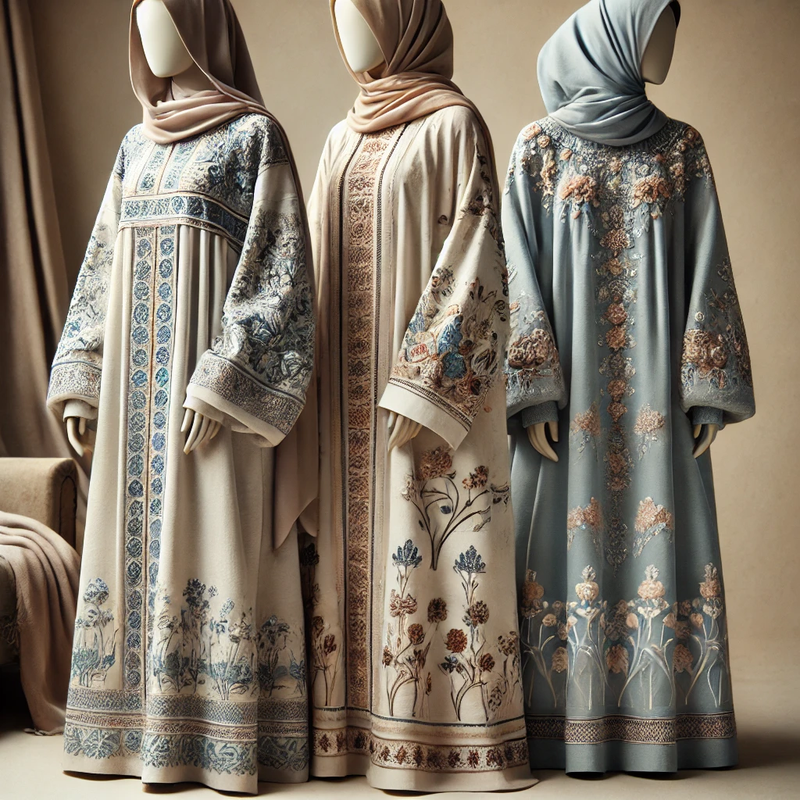 Embroidered, Printed & Classic Abaya Designs
Embroidered, Printed & Classic Abaya Designs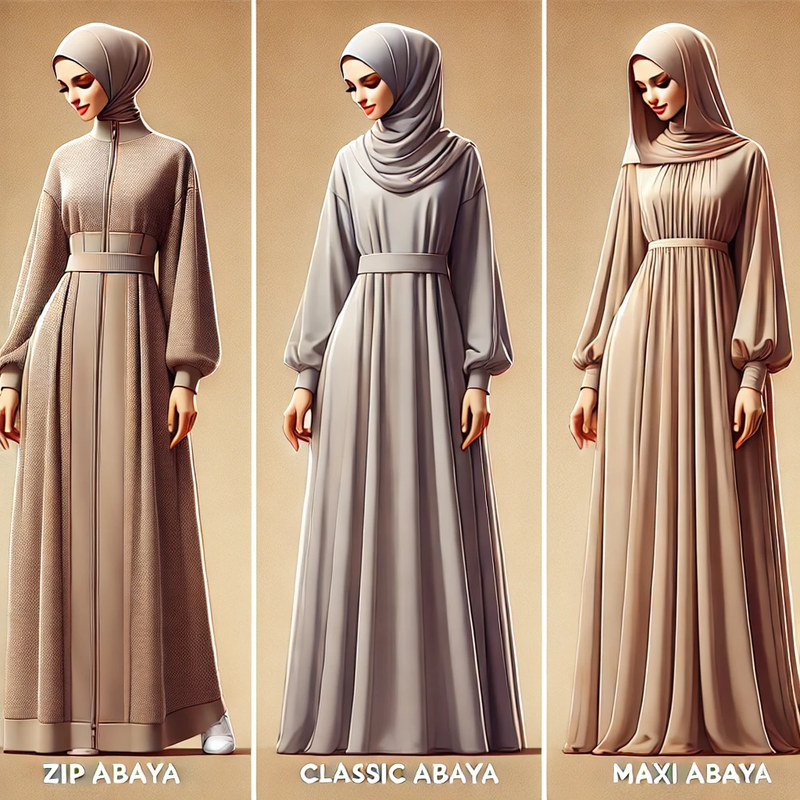 Zip, Classic and Maxi Abaya Designs
Zip, Classic and Maxi Abaya Designs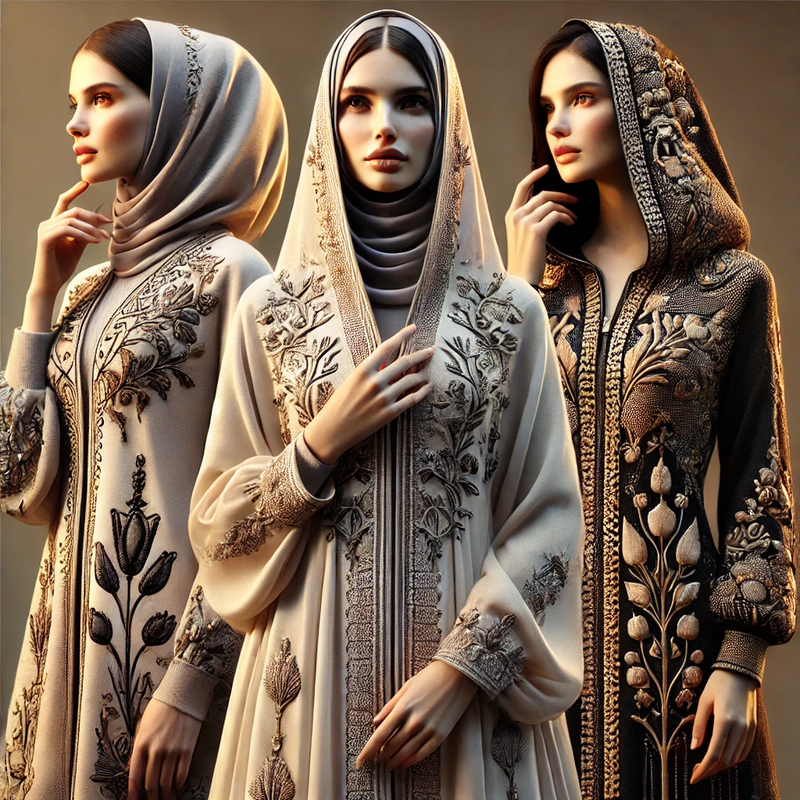 Zip, Embroidered & Printed Abaya Designs
Zip, Embroidered & Printed Abaya DesignsStylish Abaya Designs in Pakistan - Abaya as a Fashion Statement During Ramadan
Ramadan is a significant month in the Islamic calendar, marked by fasting, prayer, and reflection. It's also a time when social gatherings increase, especially during Iftar—the meal to break the fast. During this period, the abaya becomes more than just a garment of modesty; it transforms into a fashion statement.
Designers often release special Ramadan collections, featuring abayas with luxurious fabrics, intricate embellishments, and contemporary cuts. These designs cater to the festive atmosphere of the month, allowing women to express their personal style while maintaining modesty. The abaya's versatility makes it suitable for various events, from family gatherings to formal Iftar parties.
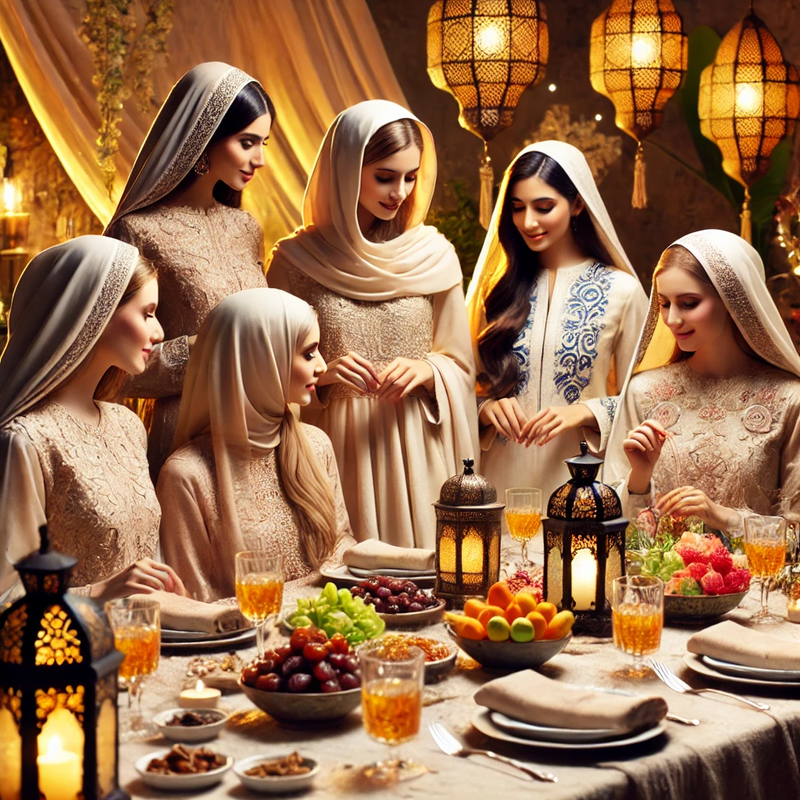 Stylish Abaya Designs-iftar
Stylish Abaya Designs-iftar Stylish Abaya Designs-Ramadan
Stylish Abaya Designs-Ramadan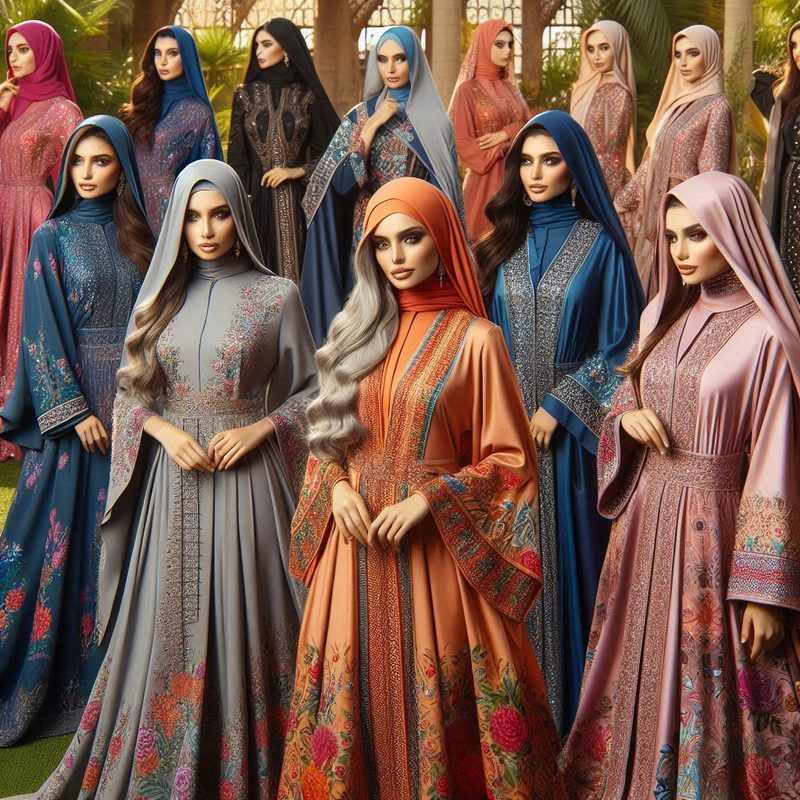 Stylish Abaya Designs-Ramazan
Stylish Abaya Designs-RamazanStylish Abaya Designs in Pakistan - Incorporating Modern Elements
The modern abaya in Pakistan often features elements such as lace trims, sequins, and beadwork. Some designs incorporate asymmetrical cuts, bell sleeves, and even cape styles, adding a dramatic flair to the traditional silhouette. Fabrics have also diversified, with designers using materials like chiffon, silk, and crepe to create abayas that are both comfortable and stylish.
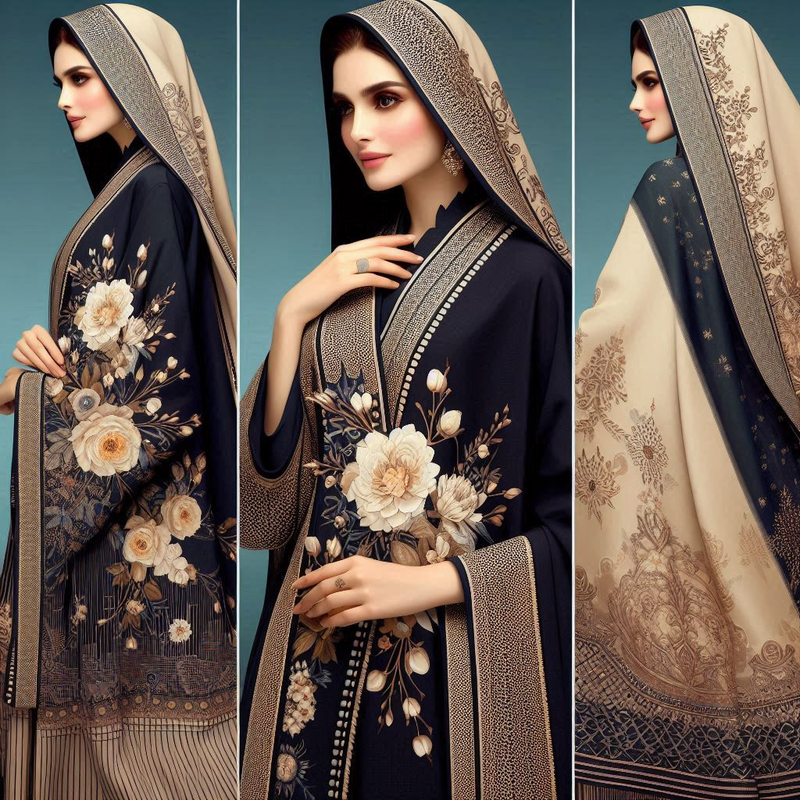 Stylish Abaya Designs
Stylish Abaya Designs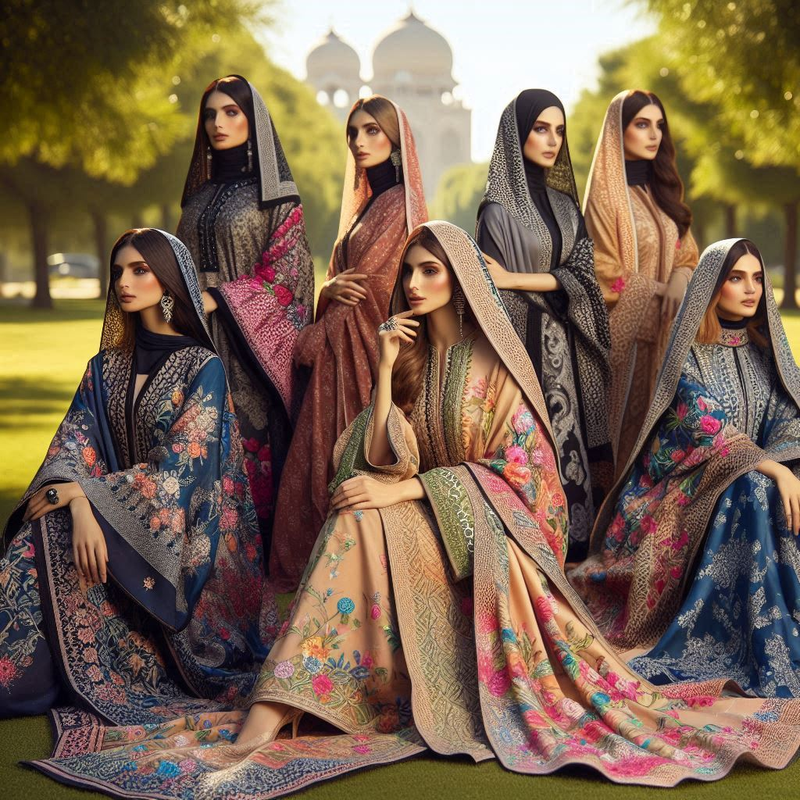 Stylish Abaya Designs
Stylish Abaya Designs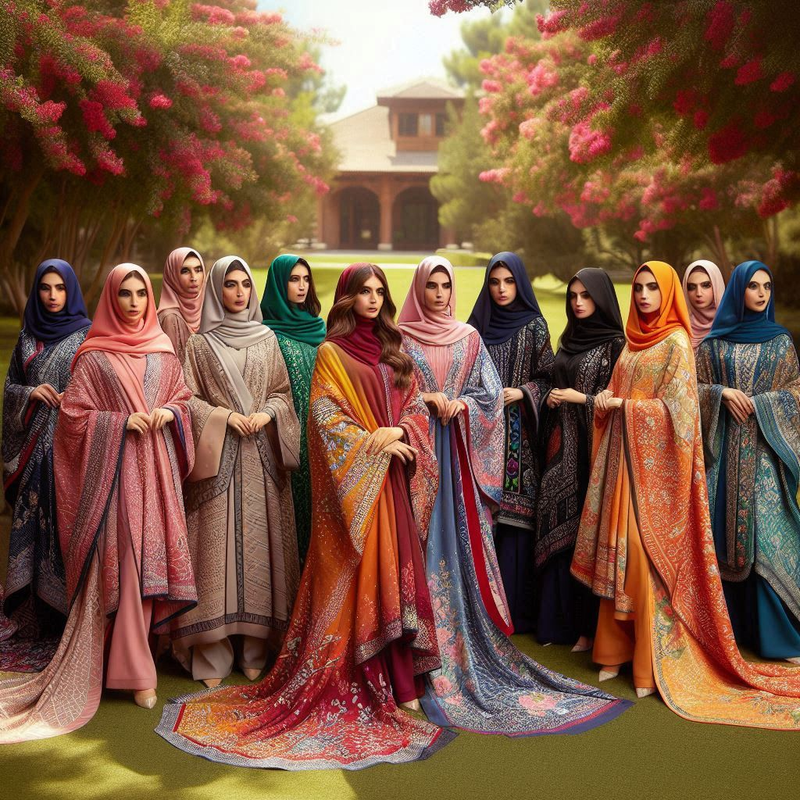 Stylish Abaya Designs
Stylish Abaya DesignsStylish Abaya Designs in Pakistan - Color Palette Expansion
While black remains a classic choice, the color palette for abayas in Pakistan has expanded significantly. Earthy tones, pastels, and even bold colors like royal blue and emerald green have made their way into abaya designs. This shift allows women to choose colors that complement their skin tones and personal preferences, making the abaya a more personalized garment.
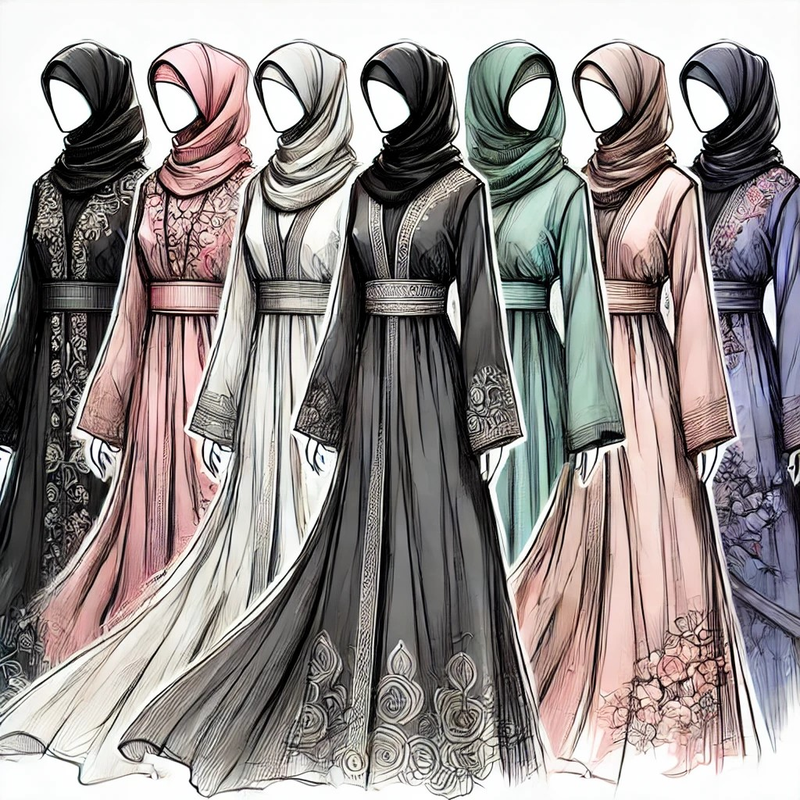 Stylish Abaya Color Palette
Stylish Abaya Color Palette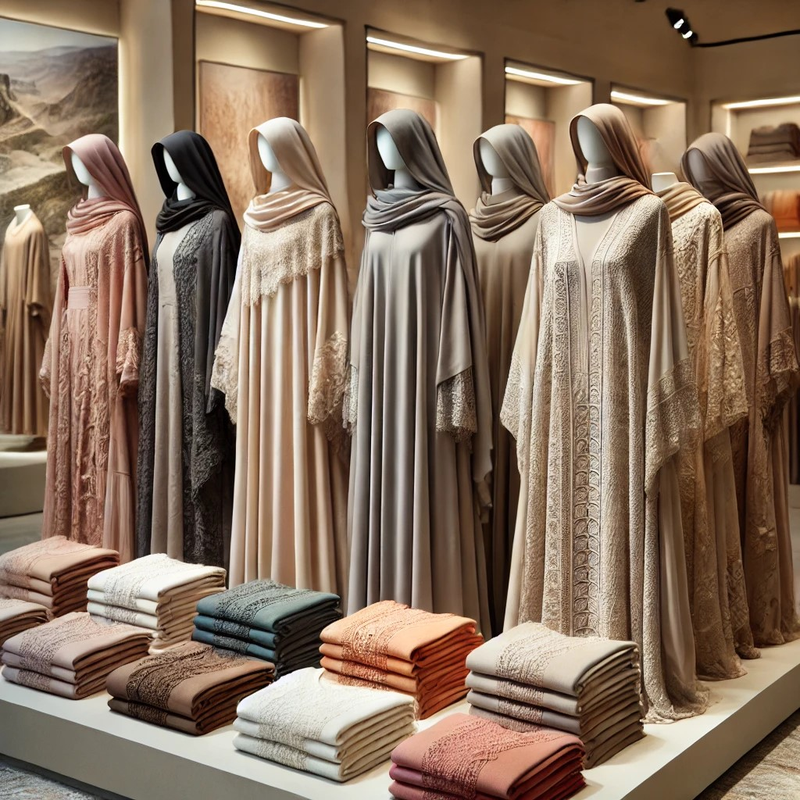 Stylish Abaya Color Palette
Stylish Abaya Color Palette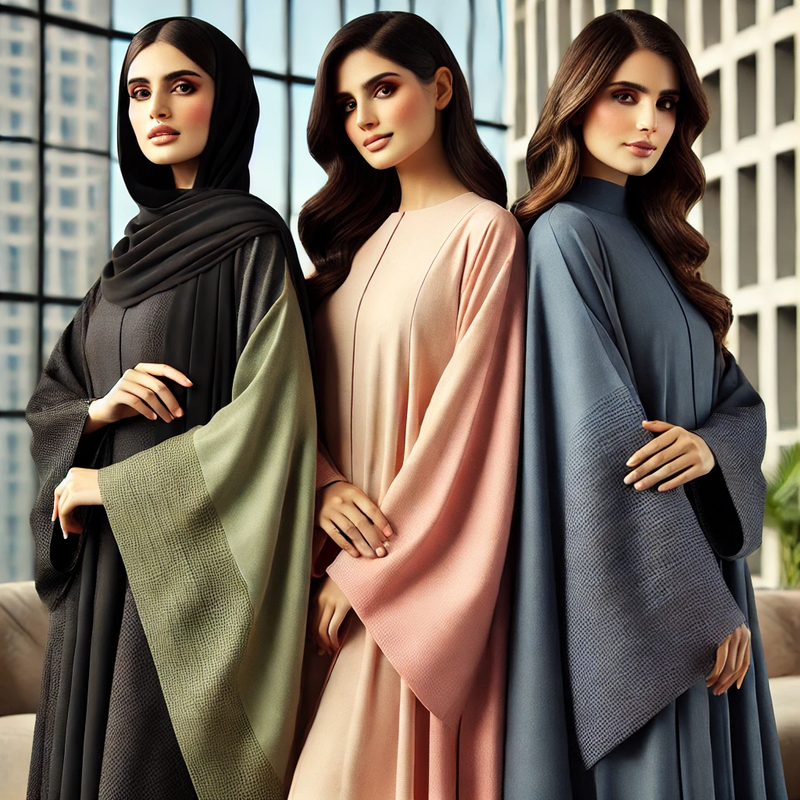 Stylish Abaya Color Palette
Stylish Abaya Color PaletteStylish Abaya Designs in Pakistan - Abaya Accessories
Accessories play a crucial role in enhancing the overall abaya look. Belts are often used to cinch the waist, adding definition to the silhouette. Statement jewelry, embellished hijab pins, and stylish handbags further elevate the ensemble. Footwear choices, ranging from traditional sandals to modern heels, also contribute to the overall aesthetic.
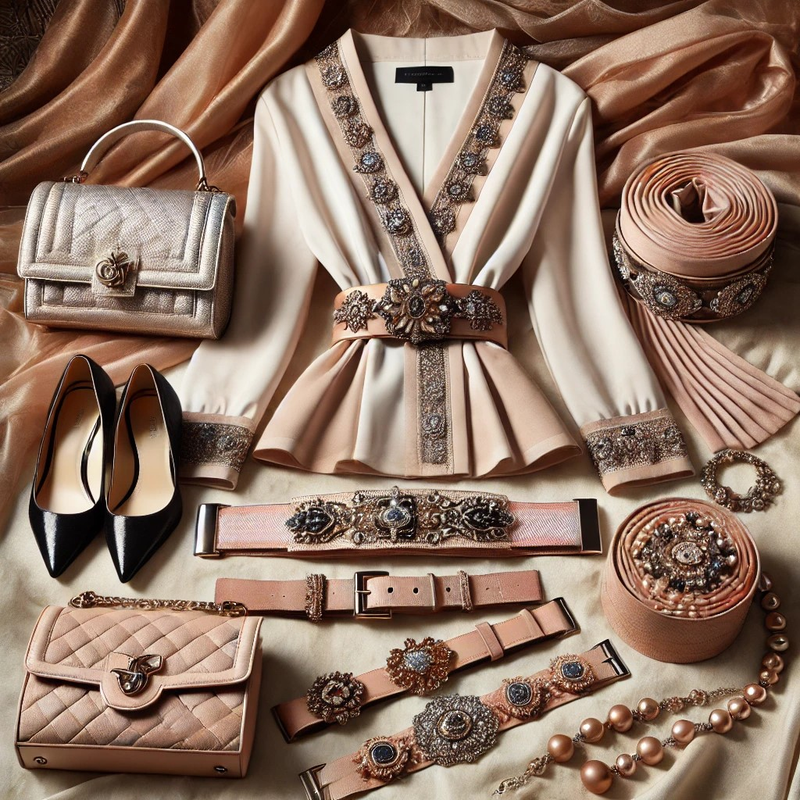 Stylish Abaya Accessories
Stylish Abaya Accessories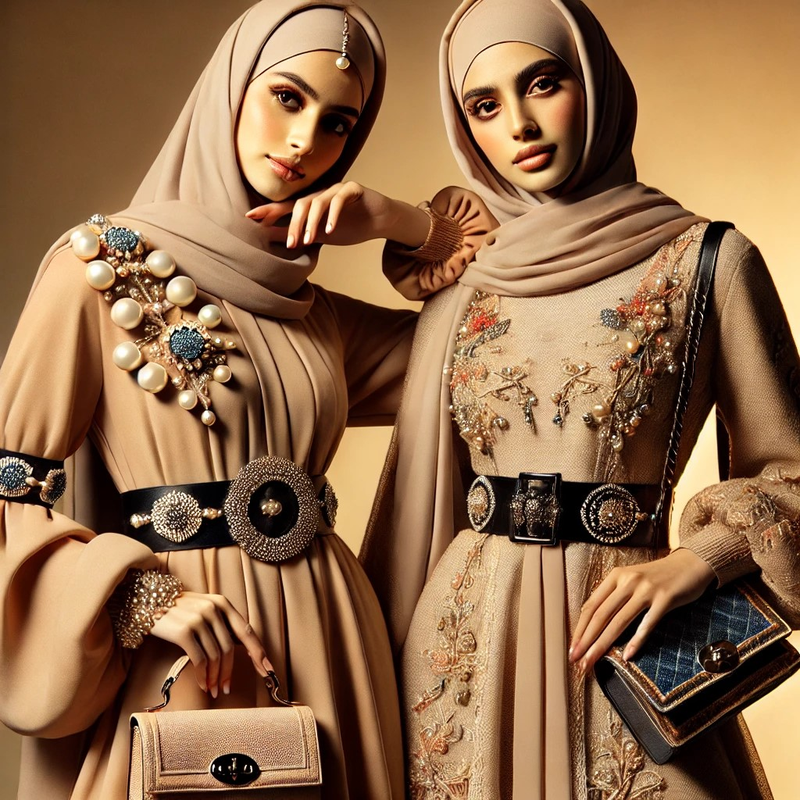 Stylish Abaya Accessories
Stylish Abaya Accessories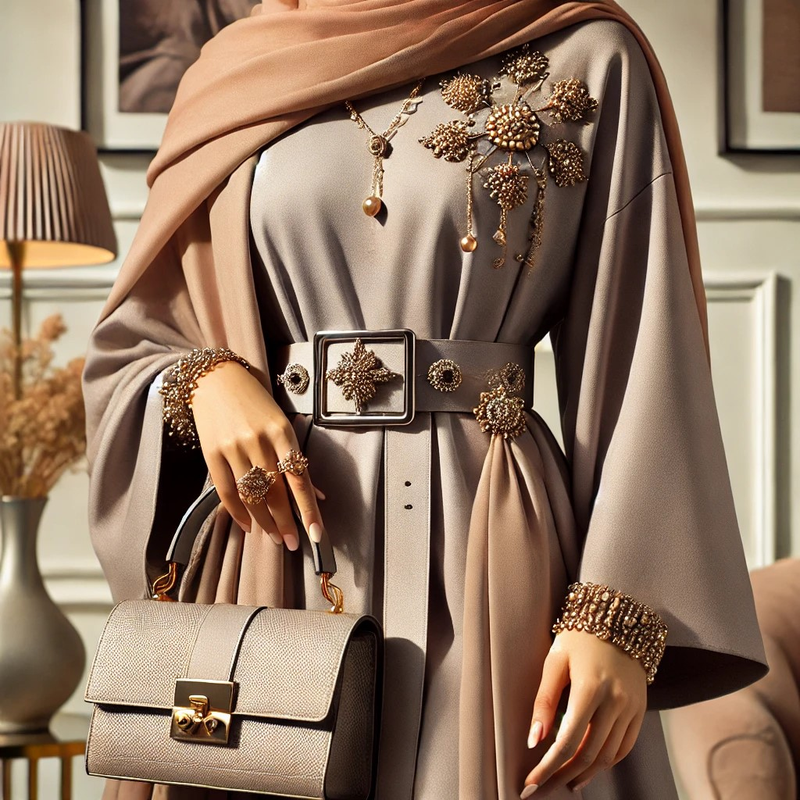 Stylish Abaya Accessories
Stylish Abaya AccessoriesStylish Abaya Designs in Pakistan - Abaya and Empowerment
The evolution of abaya designs in Pakistan is not just about fashion; it's also about empowerment. As women embrace styles that reflect their personalities, they're asserting their individuality within the framework of cultural and religious norms. This balance between tradition and modernity empowers women to feel confident and express themselves authentically.
Stylish Abaya Designs in Pakistan - Global Influence and Future Trends
The global fashion industry's interest in modest fashion has further influenced abaya designs in Pakistan. International designers are collaborating with local artisans, bringing fresh perspectives to traditional designs. As this fusion continues, future abaya trends are likely to include more experimental cuts, sustainable fabrics, and technology-integrated designs, such as abayas with built-in phone pockets or adjustable lengths.
Stylish Abaya Designs in Pakistan - Conclusion
The abaya in Pakistan has transcended its traditional role to become a canvas for personal expression and fashion innovation. Its evolution reflects a society that values cultural heritage while embracing modernity. As designers continue to push boundaries, the abaya's future in Pakistan looks promising, offering endless possibilities for style, empowerment, and cultural significance.
- Home ›
- Products and Trades ›
- Stylish Abaya Designs

